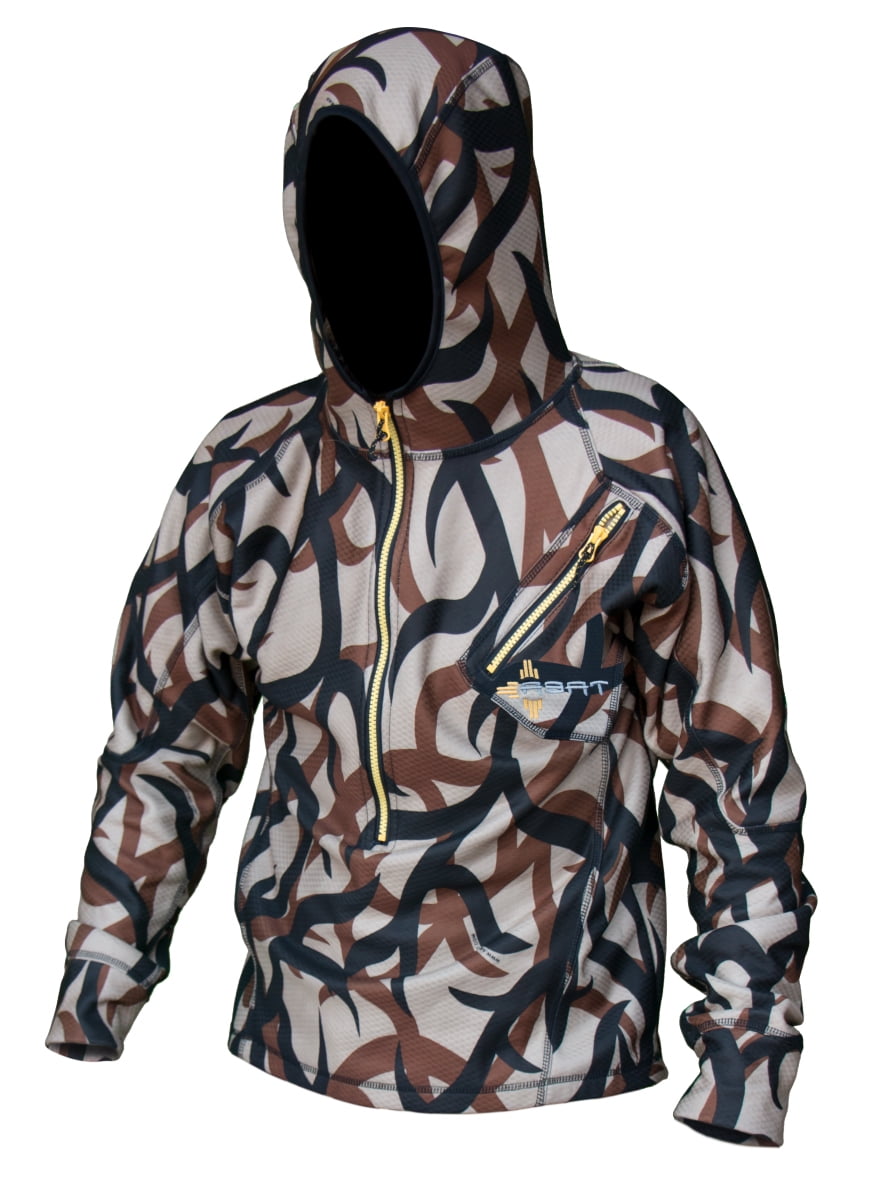

This reduces running, which can bleed under my stencils, and gives my lines a soft, shadowy texture. First, I use short, quick strokes from the spray can. I use two different techniques for my final paint layer. DIY tips and tools to help out any hunter that wants to have a hands on ecconomical attitude with hunting and your hunting related tasks or.

Step 6 Apply a Drizzle Effect Tyler Freel Once you remove your stencils, you can add additional depth and further break up your pattern by draping mesh or netting over your work and spraying a coat of neutral color. Step 5 Use Webbing to Break Up Lines Tyler Freel This method ensures that your foliage is rendered in the correct color. I apply a base coat of green, lay down my green foliage, paint over it with brown, then lay down my brown sticks and paint over them with green. Instead of starting with your background color and then stenciling darker browns and greens around your leaves and sticks, think in reverse. Our Camouflage Stencil Collection offers a large variety of stencil packs meticulously designed to replicate the most popular camouflage patterns in the world. Step 4 Layer Stencils in Reverse Order Tyler Freel Use twigs, leaves, clumps of grass, or even unnatural items like keys, rifle shells, or knives to give your work a distinctive look. One of the oldest tricks of camouflage is to use natural foliage as an element of your pattern. Step 3 Arranging Foliage Stencils Tyler Freel


 0 kommentar(er)
0 kommentar(er)
